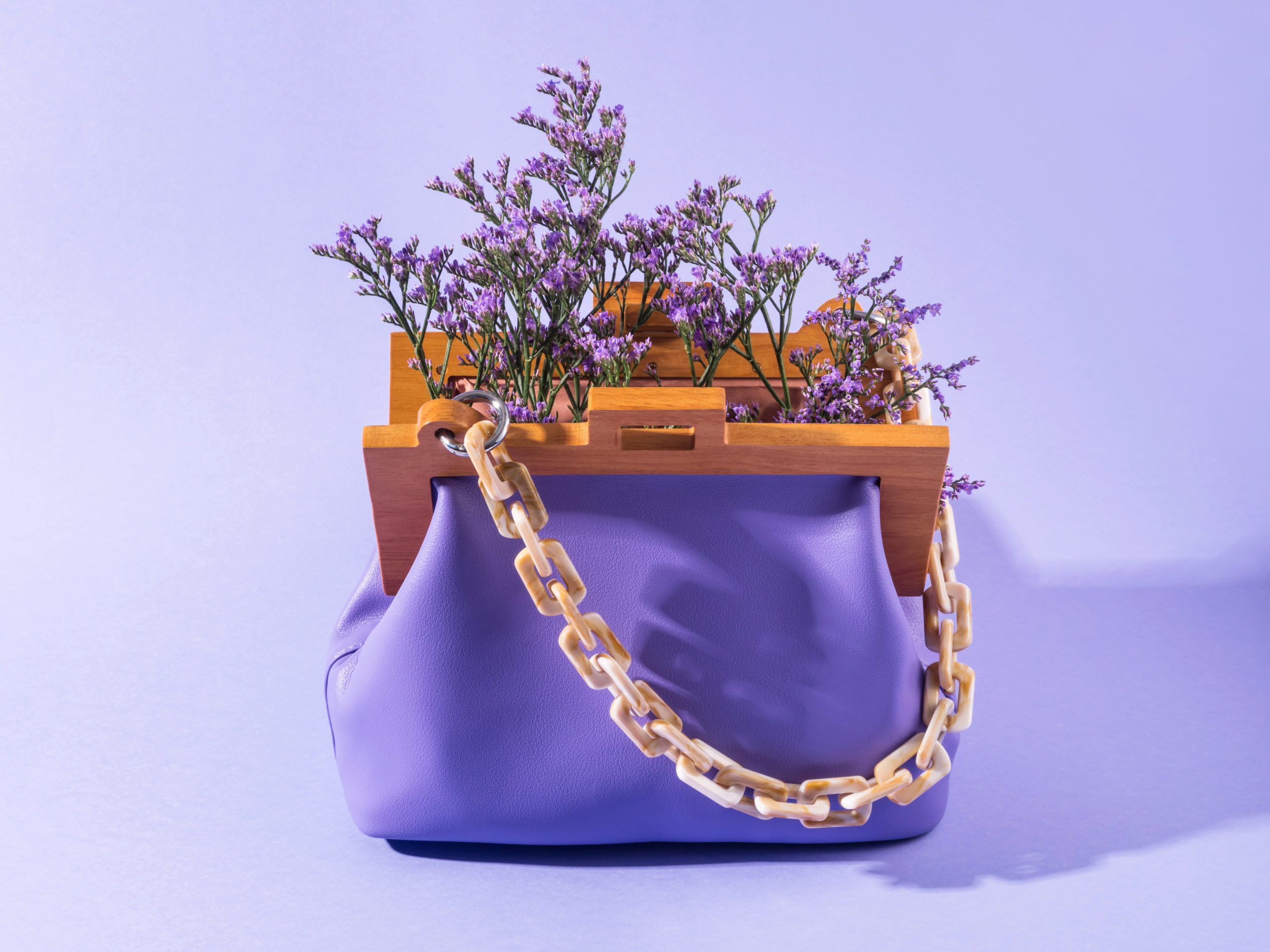COP26: Conversations Around the Future of Fashion

At COP26, in between speeches by world leaders and panels among policymakers, attendees roam a myriad of immersive experiences that tell the story of our planet, and the solutions it needs. One such experience is the “Future of Fashion,” an installation at the Kelvingrove Art Gallery from the mind of Stella McCartney.
McCartney, daughter of Paul and Linda McCartney, has been a global industry leader in the world of sustainable fashion. Her work has promoted the need for businesses to measure their environmental impact, invest in renewable energy, and shift towards more planet-friendly materials.
At COP26, she’s so far met with world leaders including Al Gore, Prince Charles, and John Kerry promoting the need to shift policy to better incentivize fashion brands (and all businesses) to do the right thing for our planet.
At the heart of McCartney’s “Future of Fashion” gallery, is a mossy mound of earth covered in mushrooms – a nod to the Stella McCartney brand’s line of mushroom-based leather. This is just one example of rising innovations in material science and other solutions that can reshape the global fashion industry for the better.
McCartney’s line of mushroom leather products is made of a materials called Mylo, developed by biotech startup Bolt Threads, based in Emeryville, California. Compared to cowhide leather, the farming mushrooms and the process of extracting mycellium to create the leather-like material has a lower carbon footprint and avoids the use of toxic chemicals. Mylo has secured partnerships and created products with Adidas, Lululemon, and Kering (Gucci’s parent company), in addition to Stella McCartney.
Could solutions like Mylo help shift the fashion industry towards a future that makes a net positive impact on our planet? Although there is progress still to be made, trends show the industry is headed in the right direction. The global market for ethical fashion was estimated to have grown from $4.67 billion in 2020 to $5.84 billion in 2021. By 2025, the market is expected to reach $8.3 billion.
More than ever, fashion brands need to prioritize improving their environmental impact to meet the needs of today’s consumer values. Studies show that up to 52% of US and UK consumers want the fashion industry to become more sustainable. Consumers are interested in seeing brands use better materials, reduce packaging, fairly pay workers, and better conserve natural resources.
The business incentives to shift towards these solutions are many, from receiving carbon tax breaks to saving billions by implementing clean energy solutions across the supply chain. Solutionists like McCartney are creating awareness among fashion industry leaders and financial institutions on the benefits of investing in clean business.
“These financial institutions have more money to invest in clean companies than any government,” McCartney said in an interview with Fast Company. “They do not want to invest in dirty businesses.”
As conversations around the future of fashion continue at COP26, global brands are taking this opportunity to communicate how they are taking action for the planet. For example, NIKE has made commitments to hit zero carbon emissions and zero waste, setting a number of targets to hit by 2025, including improvements to their supply chain and increasing their use of recycled materials in their products. Already 78% of all NIKE, Jordan, and Converse products contain some recycled materials, and the company (and many of its competitors) plan to increase its focus on sustainable products. For example, Adidas is targeting to have 9 out of 10 products be sustainable by 2025.
“As global leaders and decision-makers gather in Glasgow this week for the United Nations Climate Conference (COP26), Nike is thrilled to take part and offer our full support for urgent climate action,” said NIKE CEO John Donahoe. “We know the future of sport depends on a healthy planet — and protecting that future requires real, scalable change. At Nike, we are committed to doing our part for a better tomorrow.”
Resharing Donahoe’s announcement on LinkedIn, Solutionist Vien Truong said, “Let’s keep moving the ball forward on climate action globally. Proud to join Nike teammates in Glasgow in supporting a vision for a just and sustainable future.” Truong is currently a Senior Director at NIKE Global Sustainability.
Planet-forward solutions are catching fire in the fashion industry as more leading brands aim to innovate. Levi’s, for example, has successfully found a solution that reduces the amount of water needed to finish a jean by over 90%, helping their business better conserve natural resources.
Levi’s is also investing in material science, producing a line of products using carbonized hemp. Created in partnership with Swedish textile recycling startup Outerknown, the carbonized hemp line promotes the use of materials that have a smaller strain on natural resources and can be produced regeneratively.
The rise of creative collections that promote material science solutions is proving that businesses can keep their products in style while improving their impact on the planet. Another growing trend is the use of vegan leather, such as this cactus leather produced in Mexico. Brands are also entering the world of secondhand resale, such as Adidas partnering with secondhand resale platform ThredUp, realizing the value of creating more circular systems for fashion products.
Could the fashion industry’s efforts to Make better products help inspire other industries to do the right thing for our planet? We hope so.


Leave a Reply